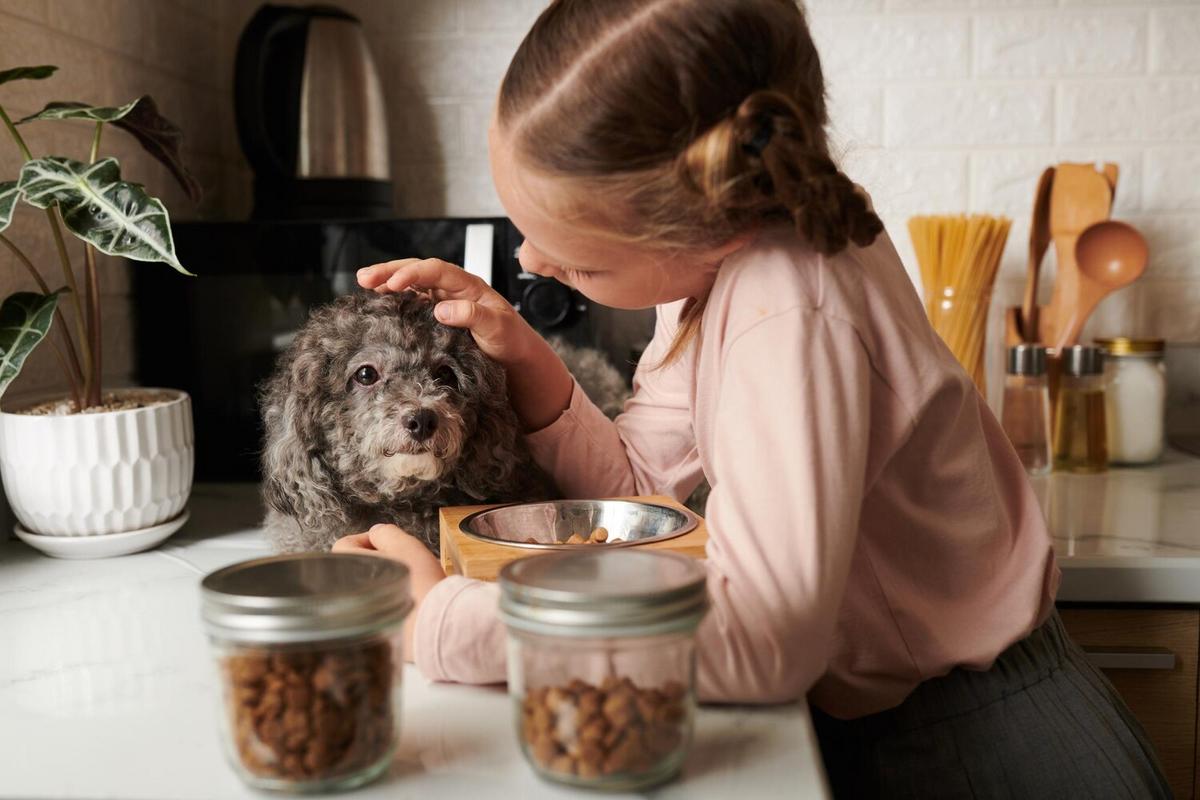As pet owners, we all want the best for our furry friends, and one way to ensure they get the nutrition they need is by preparing homemade pet food. Not only does this give you control over the ingredients, but it can also lead to a healthier, happier pet. Let’s delve into the benefits of homemade pet food and how you can easily make the switch.
Why Consider Homemade Pet Food?
There’s a growing interest in homemade pet food, and for good reasons. Let’s explore the core benefits.
Better Nutrition
Commercial pet foods often contain fillers, preservatives, and artificial ingredients. By preparing homemade meals, you can ensure that your pet gets high-quality, fresh ingredients.
According to Dr. Karen Becker, a proactive and integrative wellness veterinarian, “Homemade pet food allows you to control the quality and source of the ingredients, which can lead to better overall health for your pet.”
Tailored Diets
Every pet is unique, with specific dietary needs. Homemade pet food allows you to tailor meals to your pet’s specific health requirements, allergies, or preferences. This customization can be critical for pets with sensitive stomachs or food intolerances.
Cost-Effective
While it may seem more expensive initially, homemade pet food can be cost-effective in the long run. By buying ingredients in bulk and preparing meals at home, you can save on the costs associated with premium commercial pet foods.
Bonding Time
Preparing your pet’s food can be a bonding experience. It’s a way to show your love and care, and your pet will likely appreciate the effort and the tasty results.
Expert Opinions and Research
Research supports the benefits of homemade pet food. A study by the American Veterinary Medical Association found that pets on homemade diets often have better health markers compared to those on commercial diets. However, it’s crucial to ensure the diet is balanced and meets all nutritional needs.
Getting Started with Homemade Pet Food
Transitioning to homemade pet food can seem daunting, but it doesn’t have to be. Here are some actionable tips to help you get started:
- Consult Your Veterinarian: Always consult with your vet before changing your pet’s diet. They can provide guidance and ensure the diet meets all nutritional requirements.
- Start Slowly: Gradually introduce homemade food to your pet’s diet to avoid digestive issues. Mix it with their current food and increase the homemade portion over time.
- Balance Is Key: Ensure the diet is balanced with proteins, carbohydrates, fats, vitamins, and minerals. Use resources like PetMD for recipes and nutritional information.
- Use Fresh Ingredients: Opt for fresh, high-quality ingredients. Avoid using leftovers or expired products.
- Monitor Your Pet’s Health: Keep an eye on your pet’s weight, energy levels, and overall health. Adjust the diet as necessary based on their needs.
Sample Recipe
Here’s a simple and nutritious recipe to get you started:
| Ingredient | Quantity |
|---|---|
| Chicken (cooked and shredded) | 2 cups |
| Brown rice (cooked) | 1 cup |
| Carrots (chopped) | 1/2 cup |
| Peas | 1/2 cup |
| Spinach (chopped) | 1/2 cup |
| Olive oil | 1 tbsp |
| Fish oil (optional) | 1 tsp |
| Water | 1/2 cup |
Mix all ingredients and serve. This recipe provides a balanced meal with proteins, carbohydrates, and essential nutrients.
FAQs
FAQs
Is homemade pet food safe?
Yes, as long as it is well-balanced and meets your pet’s nutritional needs. Consult your veterinarian for advice.
How do I ensure the food is balanced?
Use trusted recipes and resources, and consult with your vet to ensure all nutritional requirements are met.
Can I feed my pet homemade food exclusively?
Yes, but it’s important to ensure the diet is varied and balanced. Regular vet check-ups are essential to monitor your pet’s health.
Conclusion
Homemade pet food can offer numerous benefits, from better nutrition to cost savings. By starting slowly and consulting with your vet, you can create a healthy, balanced diet tailored to your pet’s needs. So why not give it a try? Your furry friend will thank you!




Leave a Reply